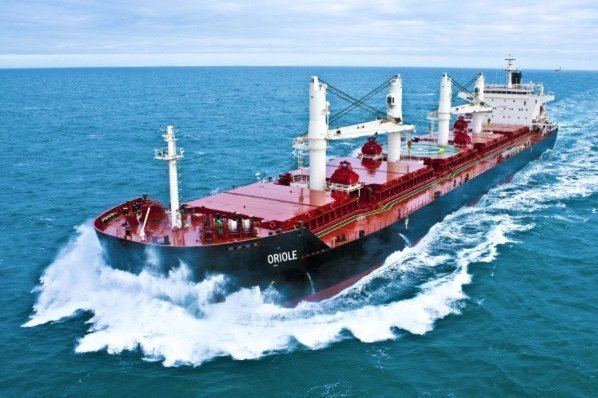No short-term fix

AlixPartners provides Splash readers with some dry bulk predictions.
The dry bulk shipping industry continues to struggle worldwide as demand and supply remain woefully unbalanced, keeping pricing low and forcing companies to find new ways to struggle with their balance sheets. The AlixPartners 2016 analysis of major dry bulk shipping companies, showed that the decline in earning power of dry bulk shippers combined with the allure of cheap new builds has resulted in virtually every company in the study being at risk of financial distress.
The unbalanced supply-and-demand equation means pricing won’t rebound meaningfully while too many vessels keep chasing too few shiploads. The beginning of 2016 was especially rough: and while the Dry Bulk Index has rebounded to the mid-700s this summer from below 300 in February of this year, it remains at levels historically associated with significant financial distress. Even though vessel demolitions in 2016 are expected to hit a record high of 40 million deadweight tons (DWT), that won’t offset the 50 million new DWT expected to enter the fleet.
Although demand is only part of the pricing equation—the part that shipowners have the least short-term control over—it makes a tangible impact on the industry. China’s economic slowdown remains the most obvious culprit because it makes about half the world’s steel, and iron ore and coal which in turn drive demand for the majority of dry bulk shipping. Chinese demand for coal and iron ore for domestic steel production continues to slow: in 2015, China produced approximately 24 million fewer tons of steel than in 2014—a 3.1% dip—marking the country’s first annual decline in 20 years. Although spot pricing for iron ore continues to fluctuate, the overall trend remains depressed with Australia – one of the world’s largest exporters of iron ore – cutting its forecast for the remainder of 2016 to $44.2 a metric ton from $45 and a 2017 price forecast of $44 a metric ton down from an earlier prediction of $55 a metric ton.
The part shipowners do have control over – fleet supply growth – remains a tricky proposition. The industry order book finally began to decrease meaningfully in 2015, with contracting falling to 2.3% of the fleet. There is hope on the part of some shipowners that orders will continue to stay low in 2016, keeping fleet growth minimal. Although individual companies sensibly view newbuilds as a negative, it’s hard to resist the lure of cheap money and lower building costs, which have declined an average of 50% since 2007. The lure of cheap money is particularly strong in Asia where many banks maintained strong balance sheets through the global financial crisis, enabling them to risk financing shipowners’ newbuild purchases. To compound this, most shipyards are also in Asia and have an interest in facilitating financing for newbuilds. As long as shipowners keep falling for that tempting—and highly risky—proposition, it’s difficult to put much faith in the industry’s ability to rebalance itself in the short term.
Although the challenges facing dry bulk shipowners are industry wide, individual companies can still take steps to minimize risk and maximize gain, including minimizing operating costs, developing alliances amongst all stakeholders to preserve cash and sustain options, seek consolidation opportunities and work to keep supply from growing.
